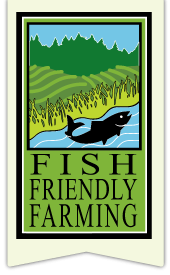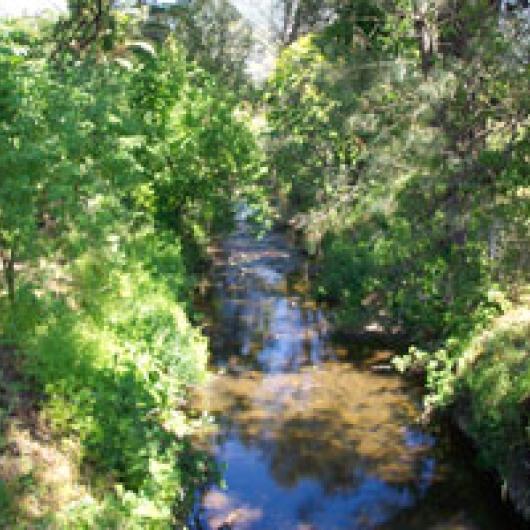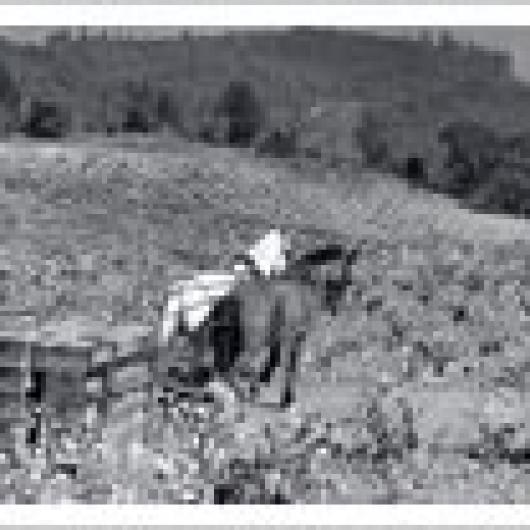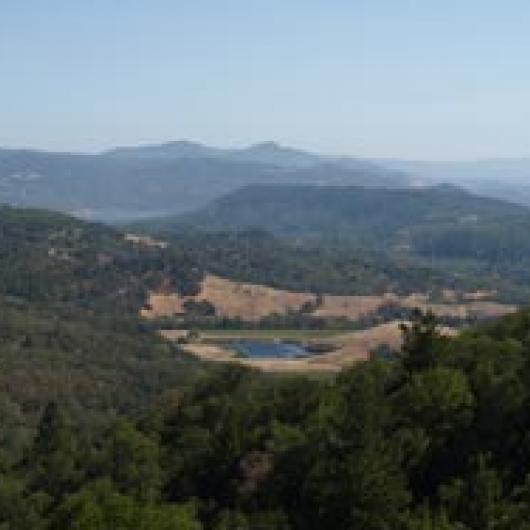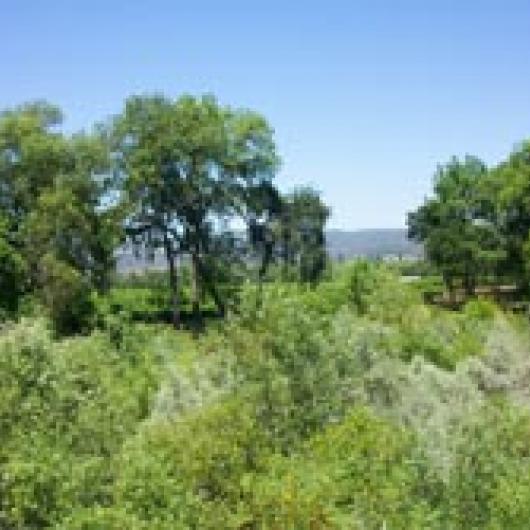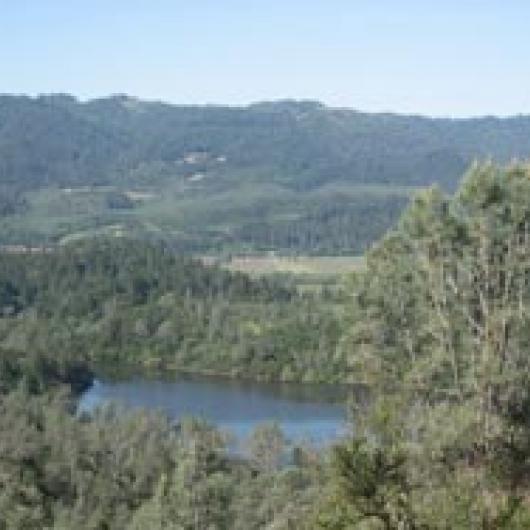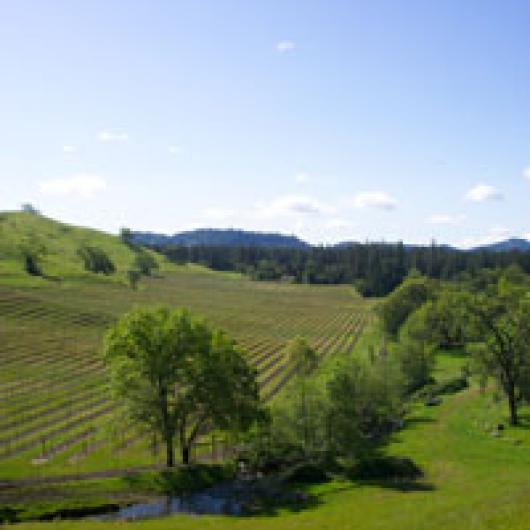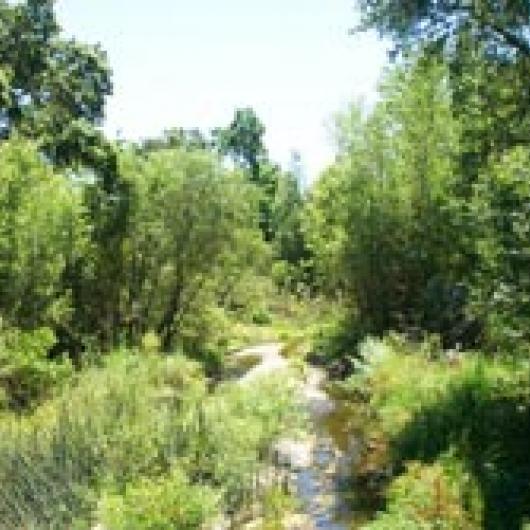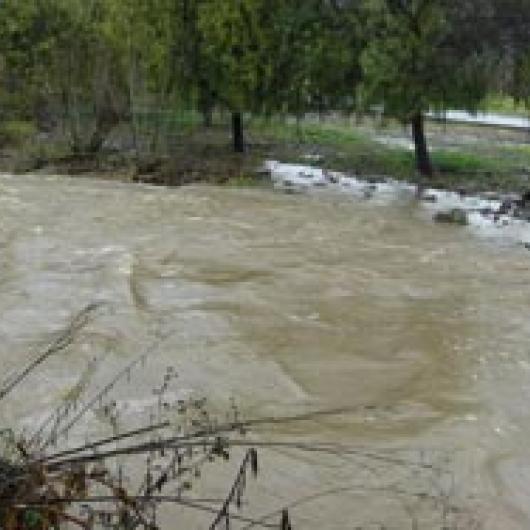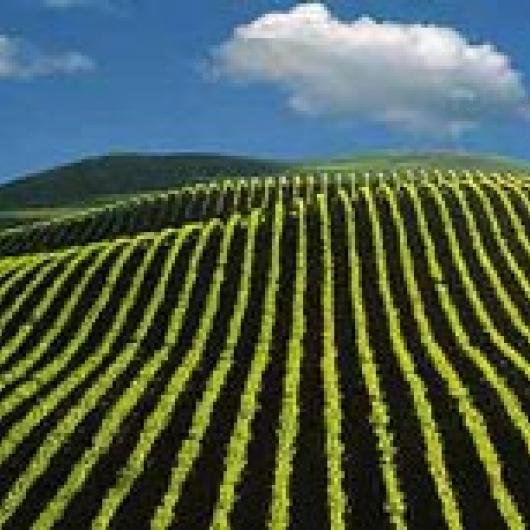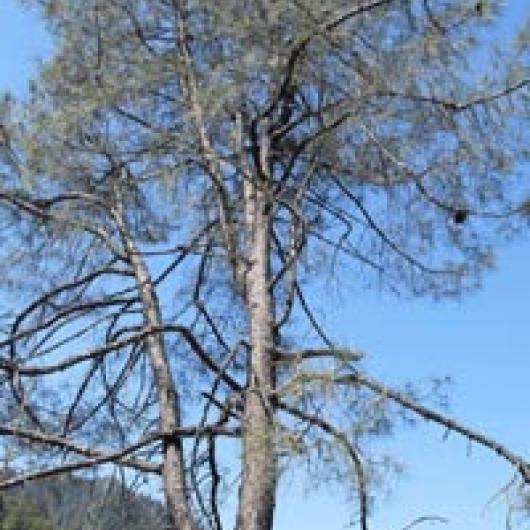Beringer Vineyards Farms
Euhenloch Vineyard
This small, 21-acre site is managed to conserve soil and reduce runoff.
Asti Ranch
The 471-acre Asti Ranch encompasses the former Italian Swiss colony winery as well as frontage on three creeks and over one mile of the Russian River. This reach of the Russian River supports Chinook salmon, and Beringer installed a major revegetation project to reduce bank erosion.
Bale Lane Vineyard
This vineyard, 57 acres, lies on the western edge of the Middle Napa Valley. This site uses water conservation and an off-stream reservoir to avoid affecting creek and river flows.
Bancroft Ranch Vineyard
Located in the Howell Mountain area, this 150-acre site used to be the bottom of a reservoir. The site is managed to minimize water use and runoff.
Bitterroot
This 321-acre site borders the Napa River. In this reach of the river downstream of the Oak Knoll Ave. bridge, the river has adjusted form through the entrenchment process and is deep and wide. From the vineyard on the former floodplain, the river channel has dropped more than 30 feet and has steep vertical banks. This wide channel area has a willow-filled floodplain. The vineyard is now on a terrace with live oaks along the riparian boundary. Beringer manages this site to reduce water use and conserve soil.
Chabot
The 35-acre Chabot Vineyard borders Bell Canyon Creek and extends partway up adjacent hillsides. Removing invasive plants and planting natives along the creek is part of the farm plan for this site.
Dos Rios Vineyard
The 96-acre Dos Rios Vineyard borders Conn Creek. In conjunction with the FFF program, Beringer Vineyards has removed invasive plants from the riparian corridor of Conn Creek.
Foote Ranch
Foote Ranch is a 30-acre site managed by Beringer Vineyards and owned by the Foote family, descendants of Calvin Holmes. The vineyard is managed with no-till methods to protect water quality.
Gamble Ranch
This 900-acre site has a large number of waterways: Conn Creek, Rector Creek, Napa River, and several unnamed creeks. Large valley oaks dot the site, providing habitat for numerous birds. Working with the FFF program, Beringer Vineyards has eradicated invasive non-native tree-of-heaven, eucalyptus, Himalayan blackberry, and Arundo on the site’s creeks. These invasive plants do not provide a high level of wildlife habitat, and once removed, native oaks, maples, California walnut, Oregon ash, and California bay laurel were planted. In 2007 Beringer was given a Fish Friendly Farming award for Outstanding Efforts in Stream Habitat Improvement and Restoration.
La Petite Etoile
This 42-acre site covers rolling hills separated by several ephemeral creeks in the Windsor Creek watershed. Vineyard managers Scott Bauer uses soil conservation practices to protect water quality in the creeks.
Marston Vineyard
Located near the top of the Sulphur Creek watershed, this site has 33 acres of vineyard. The surrounding lands are coniferous forest stretching from the ridgetop down to the south fork of Sulphur Creek. As part of their farm plan, Beringer Vineyards has completed storm-proofing of a number of dirt roads on the site.
St. Helena Home
This 95-acre site includes the historic Beringer Rhine House and wine caves, as well as the modern winery and 49 acres of vineyard. York Creek flows through the site.
Stanly Ranch - Beringer
This 225-acre site encompasses rolling hills and small creeks at the edge of the Napa marshes. Beringer manages Stanly Ranch to minimize chemical use and water, and to conserve soil.
Steinhauer Ranch
This ranch, named for the longtime vice-president of Beringer’s vineyard operations, Bob Steinhauer, has 37 acres of vineyard, surrounded by pines and manzanita. Dry conditions require a high level of water conservation on the site.
Knights Valley Ranch
Knights Valley Ranch encompasses 600 acres of the floor of Knights Valley, including the alluvial fan of Redwood Creek. Three creeks dissect the ranch and Beringer uses no-till methods to conserve soil and prevent sediment delivery to the creeks. This section of Redwood Creek provides passage for steelhead trout to spawning areas upstream. The alluvial fan is steep and made of cobble, gravel, and sand, which rapidly percolates storm water. Due to these physical features, alluvial fans are migratory channels and do not provide rearing or spawning habitat.
